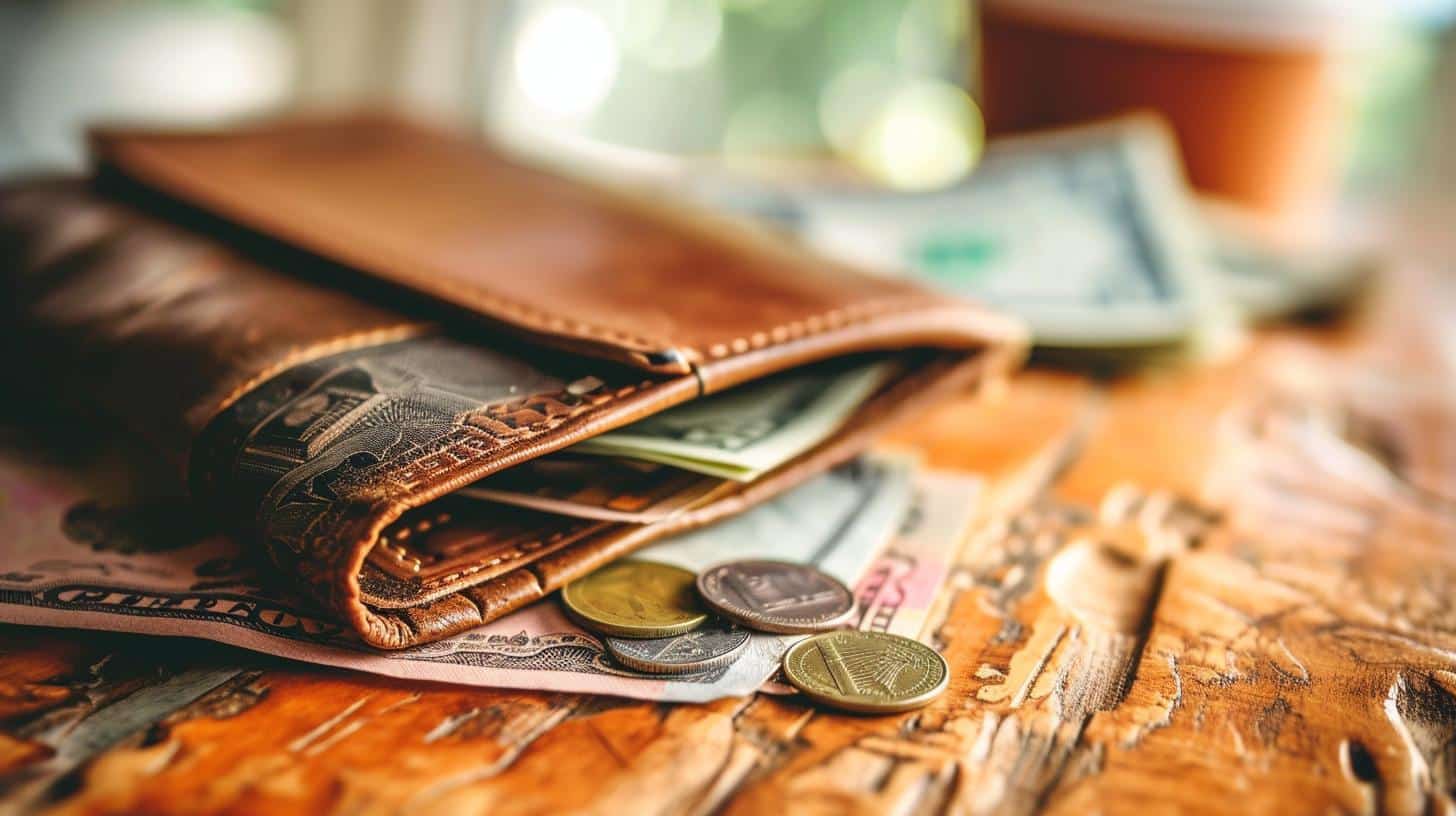===INTRO: Sustainable Fashion and Your Finances: Balancing Style and Budget ===
In recent years, the fashion industry has faced growing scrutiny for its impact on the environment and labor practices. As consumers become more aware of these issues, there has been a rise in demand for sustainable fashion – clothing and accessories that are produced in an environmentally and socially responsible manner. However, many people may be hesitant to embrace sustainable fashion due to concerns about the cost. The good news is that sustainable fashion doesn’t have to break the bank. By understanding the true cost of fast fashion and employing some budget-friendly strategies, you can incorporate sustainable fashion into your wardrobe without sacrificing style or your finances.
The Impact of Sustainable Fashion on Your Wallet
One common misconception about sustainable fashion is that it is inherently more expensive. While it’s true that some sustainable brands may have higher price tags, this is not always the case. In fact, there are many sustainable fashion options available at affordable prices. By investing in high-quality, timeless pieces that are made to last, you can actually save money in the long run. Fast fashion items often wear out quickly and need to be replaced frequently, resulting in a higher overall cost. Additionally, by supporting sustainable brands, you are voting with your wallet and encouraging more companies to adopt ethical practices, which can lead to greater competition and lower prices in the future.
Strategies for Stylish and Affordable Sustainable Fashion
There are several strategies you can employ to make sustainable fashion more affordable. One approach is to focus on building a capsule wardrobe – a collection of versatile, timeless pieces that can be mixed and matched to create a variety of outfits. By investing in a few key items that you truly love and will wear frequently, you can reduce the temptation to constantly buy new clothes. Another strategy is to shop secondhand. Thrift stores, consignment shops, and online platforms like Depop and Poshmark are great places to find pre-loved clothing at discounted prices. Not only is buying secondhand more budget-friendly, but it also helps reduce waste by giving clothes a second life.
Understanding the True Cost of Fast Fashion
To truly appreciate the value of sustainable fashion, it’s important to understand the true cost of fast fashion. Fast fashion refers to the mass production of inexpensive clothing that is designed to be quickly and cheaply made, often at the expense of workers’ rights and the environment. The low prices of fast fashion items may seem appealing, but they come at a high cost. The fast fashion industry is notorious for its exploitative labor practices, unsafe working conditions, and excessive waste. By supporting this industry, you may unknowingly contribute to the degradation of the environment and the exploitation of workers. When you consider the ethical and environmental impact, the cost of fast fashion becomes much higher than the price tag on a garment.
Investing in Ethical Brands: Long-Term Savings and Style
Investing in ethical brands can be a win-win for both your wallet and the environment. While sustainable brands may have higher upfront costs, their products are often made to higher quality standards, meaning they will last longer and save you money in the long run. By investing in well-made, durable clothing, you can reduce the frequency of your purchases and create a more sustainable wardrobe. Additionally, many ethical brands prioritize fair wages and safe working conditions for their employees, ensuring that your purchase is not contributing to exploitation. Supporting ethical brands also allows you to align your values with your fashion choices and express your personal style in a way that is in line with your principles.
Budget-Friendly Ways to Incorporate Sustainable Fashion in Your Wardrobe
Incorporating sustainable fashion into your wardrobe doesn’t have to be expensive. There are several budget-friendly ways to embrace sustainable style. One option is to rent clothing through subscription services or local clothing libraries. This allows you to enjoy the latest trends without the commitment or the environmental impact of buying new clothes. Another approach is to organize clothing swaps with friends or participate in community swap events. This is a fun and cost-effective way to refresh your wardrobe while also reducing waste. Lastly, consider learning basic sewing and mending skills. By repairing or altering your clothes, you can extend their lifespan and reduce the need for new purchases.
===OUTRO: ===
Sustainable fashion and your finances can go hand in hand. By understanding the impact of your fashion choices and employing some budget-friendly strategies, you can build a wardrobe that is both stylish and sustainable. Remember, sustainable fashion is not just about the environment – it also encompasses fair labor practices, ethical sourcing, and conscious consumption. By supporting brands that align with your values and making mindful purchasing decisions, you can contribute to a more sustainable and equitable fashion industry while still staying within your budget. So go ahead and embrace sustainable fashion – your wallet and the planet will thank you.













